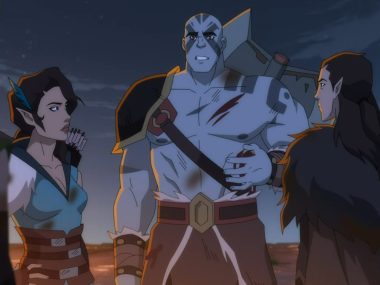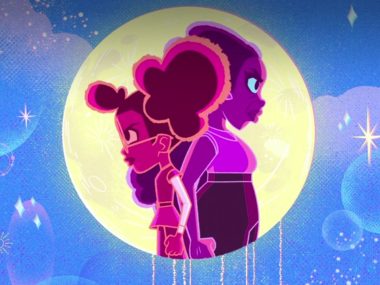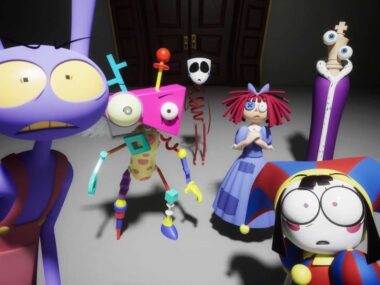It wasn’t that long ago where TV shows could afford to take their time to develop an audience. Characters grew over seasons, mysteries deepened week by week, and watercooler conversations stretched across months. But in today’s algorithm-fueled, binge-happy media landscape, that slow-burn magic is burning out.
So what happened?
Too Much Content, Not Enough Time
We’re drowning in content. Between Netflix, Hulu, Disney+, Apple TV+, and ten more platforms you forgot you were subscribed to, there’s more television than anyone could possibly watch. That’s not an exaggeration. With so much noise, even standout series struggle to echo.
In the past, a show had time to build momentum. It could premiere modestly, gather buzz through word-of-mouth, and peak halfway through its season. Now? If a series doesn’t explode within 48 hours, it disappears beneath the scroll.
From Slow Burn to Quick Hit
Streaming platforms, especially Netflix, have shifted toward the limited series model: short, punchy, and designed to be devoured in one sitting. Four to six episodes, all released at once. You binge it, you tweet about it, and by the following weekend, you’ve moved on.
That works…for the platform. High viewership spikes look great on charts. But for the shows themselves? It’s a death sentence for staying power. Remember Sirens? It came out on Netflix back in May? You probably don’t. It topped charts for a week, then vanished like a disappearing act.
Contrast that with Stranger Things, one of the few exceptions to the rule. Its fourth season became one of Netflix’s most-watched series for several weeks after its release. But that kind of staying power is becoming rare.
Weekly Releases Gave Us Time to Care
Part of what made older hits like Breaking Bad, Lost, or even early Game of Thrones work was their pacing. One episode a week. You had time to theorize, to argue, to rewatch and obsess. Anticipation was part of the appeal.
Shows like Mare of Easttown proved that this format still has legs. Even though it aired during peak streaming, its weekly rollout created a buzz that built gradually and stuck. In today’s market, that feels like an anomaly.
Why Streamers Love Limited Series
From a business perspective, limited series are a dream:
- They make a lot of noise in the beginning. High viewership in a short window means instant buzz, trending hashtags, and subscriber boosts.
- They attract A-list talent. Big names are more likely to commit to six episodes than six seasons.
- They’re efficient. Tight, focused storytelling with clear arcs appeals to viewers who don’t want to invest months of their time.
- They’re also tailor-made for binge culture. Start Friday night, finish by Saturday. Satisfying, cinematic, and no strings attached.
But What Are We Losing In The Process?
With the rise of quick-hit series, we’re sacrificing the long game. Rich world-building, layered arcs, and deep emotional investment. In a slow-burn, the payoff means something. The characters evolve with you. A twist hits harder when you’ve spent time earning it.
And let’s not forget the communal experience. Weekly shows gave us shared anticipation. Now, if you’re not caught up by Day 2, spoilers are already old news. The conversation ends before it really begins.
Can the Long Tail Still Save a Show?
Maybe. Some shows gain second lives years after they air. Breaking Bad exploded on Netflix well after its initial run. Friends, Grey’s Anatomy, Suits and The Office found new, younger audiences long after their finales. Even some streaming originals have legs. Data shows that up to 50% of a show’s viewership can come weeks after release.
But that window is shrinking. Most new streaming series hit hard and vanish fast. And without platform promotion or renewed cultural interest, many promising shows quietly fade away.
How to Keep Viewers Hooked in a World That’s Always Scrolling
- Weekly releases: Even for short series, staggered schedules keep people talking longer.
- Better recommendations: Personalized playlists and notifications can reignite interest in shows past their launch window.
- Fandom spaces: Building community features like forums, live chats, or interactive extras, helps keep people emotionally invested.
- High-quality libraries: A mix of buzzy new releases and evergreen titles gives viewers reasons to stay, not just sample.
- Consistent release schedules: Big, prestige releases spaced throughout the year can anchor the platform and keep it top-of-mind.
In today’s streaming-first world, the market favors instant impact over gradual growth. Audiences conditioned by scroll culture aren’t sticking around unless a show demands it.
But there’s still a place for the slow burn. For stories that take their time, characters that evolve, and narratives that unfold like novels instead of trailers. The challenge isn’t just holding attention, but to hang onto it for the long haul.






